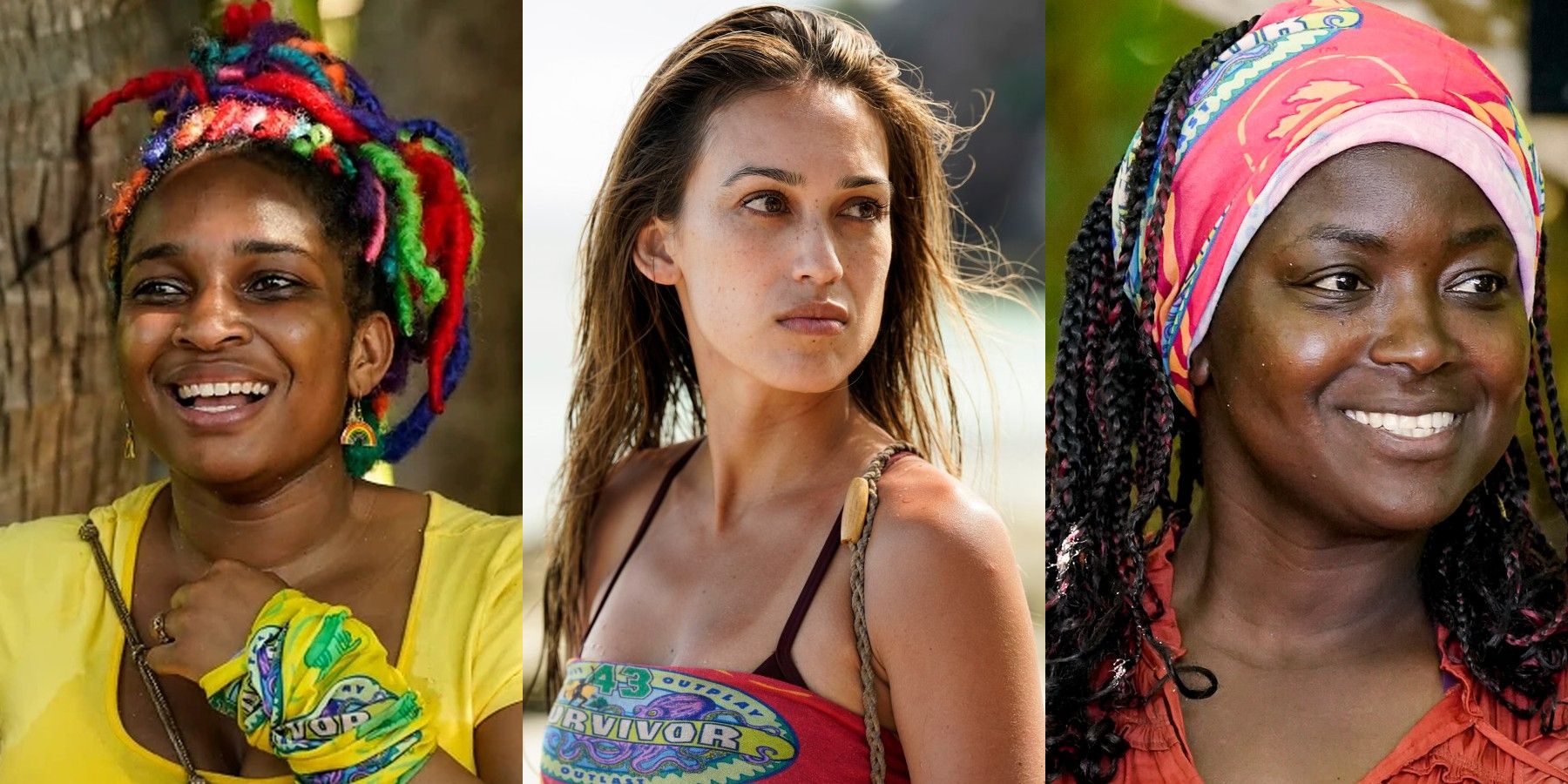In the seasons since Survivor returned from its pandemic-induced hiatus, the show has solidified a format for its "New Era," which includes dividing every new cast into three tribes of six to start each season. Over the years, the series has consistently toyed with various tribal formats. The first two seasons each began with two tribes of eight before merging to shift to an individual game. In Survivor season 3, the show introduced tribe swaps to shake up the teams before the merge. Since then, the show hasn't stuck with one particular format. Seasons have begun with anywhere from two to four tribes, and many have featured swaps, while others have let the starting tribes play out until the merge.
Beginning in Survivor 41, however, each season now begins with three tribes of six, and there are no swaps until the merge. Part of the transition to the "new era" of the show, the small tribes idea originally came with a slew of other changes following the show's return from a long layover during the pandemic. It joined the shift from a 39-day game to a 26-day game as one of the major changes marking the beginning of the new era.
Survivor's Three-Tribe Format Has Run Its Course
Though there was novelty in the change at first, the show's decision to exclusively use a three-tribe format is negatively affecting the show. The primary issue with sticking with such small tribes is that it severely limits player dynamics, especially for tribes that consistently lose and dwindle in numbers. The tribal power structures emerge early, and there is little opportunity for surprise at Tribal Council beyond the use of twists and advantages. Some viewers have complained that the rigidity with the new format has caused the current pre-merge portion of Survivor to feel rote, stale, and predictable in comparison to previous eras.
Another major concern that has become clear through Survivor 43's first three episodes is that women are at a distinct disadvantage in the three-tribe format. The first four boots of Survivor 43 were women, the first three of whom was targeted for not being able to contribute as much to physical challenges as male members of the tribe. Each player's contribution in challenges weighs more heavily than it would in larger tribes, and there is no wiggle room for players who may be viewed as physical liabilities. Unfortunately, it is usually women who receive that label and bear the brunt of the self-preservation of their Survivor tribemates.
It's unfortunate that Survivor has decided to stick with a fixed three-tribe structure for the time being. The series used to attempt to make each season a unique identity but has now shifted to a structure that has stagnated the new era. The unchanging structure, along with a lack of season themes/titles and the repeated use of the same location are beginning to harm the show, as it no longer feels as fresh or dynamic from season to season. Hopefully, future seasons will feature some different tribe configurations, because if each season bleeds together in the collective memory of its audience, Survivor will lose much of its former appeal.
Survivor airs Wednesdays at 8 p.m. ET on CBS.
Source: Naomi Calhoun/Twitter


